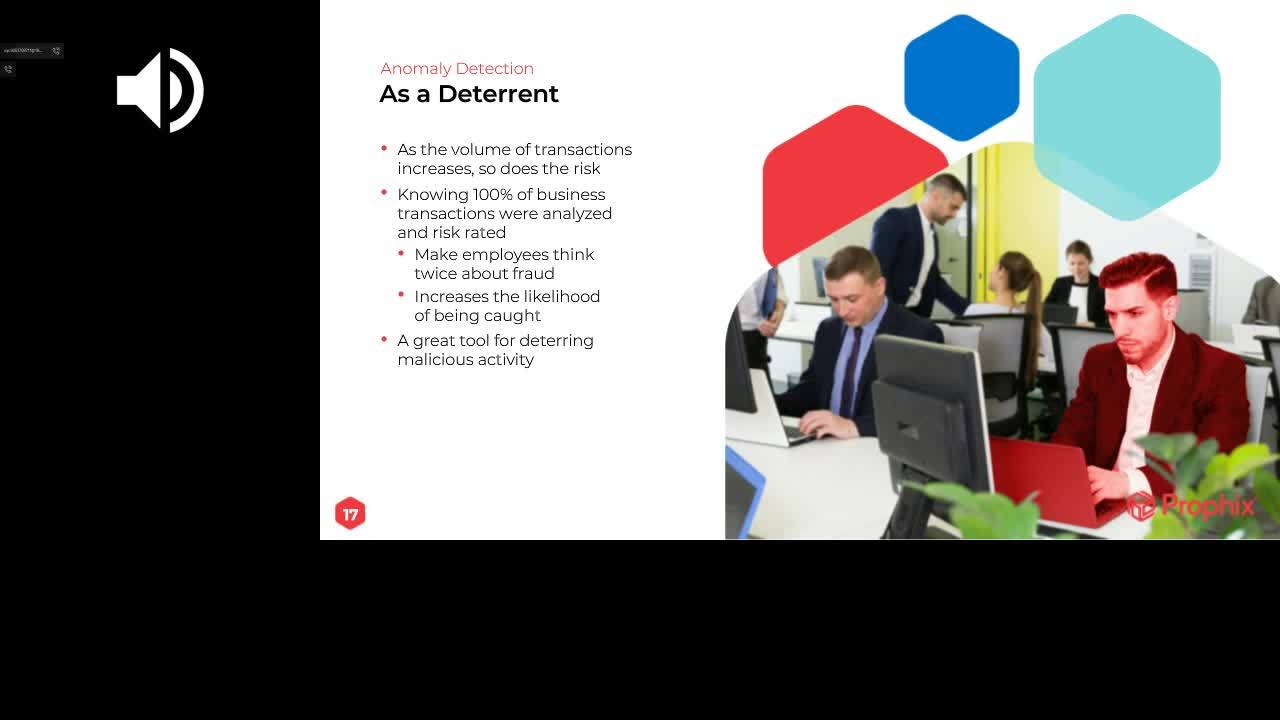In my last blog “All AI Paths Lead to the Cloud,” I talked about how the FP&A challenges facing finance leaders are not going away. These issues are only compounding due to an overabundance of data and the rapid evolution of hyper-connected mobile employees, driving businesses towards the availability, scalability, and affordability that comes with putting their financial applications to the cloud.
The era of simply throwing more people and resources at the challenges simply does not economically scale. Why?
Well let’s think about the problem:
- We are gathering gobs of information faster than your analysts can effectively process
- Analysts are spending more time searching for data than they are analyzing it
- This leaves finance management without the insights they need to confront their business risk head-on
- Incomplete analysis leaves room for loss and risk
With more people comes additional costs (headcount, manual errors, delays, etc.) And the problem compounds as each new day passes.
For some companies this has become the status quo, meaning they are willing to assume a certain risk tolerance that results in the under-utilization of highly skilled, well-paid assets. This prevents the Office of Finance from working on strategic value-add projects, resulting in unnecessary business losses. Basically, the amount of business data we are collecting and analyzing has effectively outpaced affordable human processing.
The bottleneck is simple – humans.
This is where Artificial Intelligence (AI) can help the Office of Finance.
Analyzing Data with AI
Let’s look at the challenge of an ever-increasing amount of data and the lack of resources to effectively analyze it. Specific to FP&A, we will use the month-end close process as an example.
If you are a mid- or large-size company doing hundreds of thousands or even millions of GL transactions per month, it is theoretically impossible for your finance team to comb through each transaction looking for all anomalies or possible fraud. So, when things don’t balance, your month-end close is typically delayed until you can root out the serious issues. These delays are costly and introduce a window of risk.
But, what if you could analyze 100% of your financial data and automatically see your suspect transactions in real-time? Before the close process? Now you can by leveraging the intelligence and power of Machine Learning.
Definition: Machine learning (ML) is the scientific study of algorithms and statistical models that computer systems use to perform a specific task without using explicit instructions, relying on patterns and inference instead.
Having your suspect transactions instantly identified for you removes the need for human analysis while enabling human action to resolve anomalies. Machine Learning also continues to learn your business, making it more efficient and accurate each time you use it.
Some questions you might ask yourself are:
- How much time would that shave off your month end?
- How many more questionable transactions would be revealed versus your manual spot checks?
- How much more loss or potential fraud would this eliminate? – Humans are currently only catching about 5% of loss as per the 2017 Total Gross World Product Loss.
“Your analysts are spending more time looking for data than actually analyzing it.”
By levering AI and Machine Learning to help automate repetitive work and speed up financial processes, your highly skilled analysts can proactively work on more important value-add projects. Not only will they be doing more of what you are paying them to do, but this can have a profound effect on the productivity of the finance department and increase the department’s strategic value within the organization.
Anomaly Detection
Machine Learning is at the heart of the Anomaly Detection capability found in the Virtual Financial Analyst powered by Prophix AI. This is just one application of Machine Learning and you can soon expect to start automating processes such as forecasting, data entry checks, analytics, and much more.
In my next blog, I’ll be touching on how Natural Language in FP&A applications will increase and improve human interaction while providing intelligent insights with the speed and accuracy humans simply cannot achieve.
We are only starting to see the tip of the iceberg when it comes to AI’s impact on FP&A. It’s worth noting, however, that AI won’t replace finance professionals but it can help make the Office of Finance more efficient, accurate, and free-up analysts to tackle new and interesting projects.







